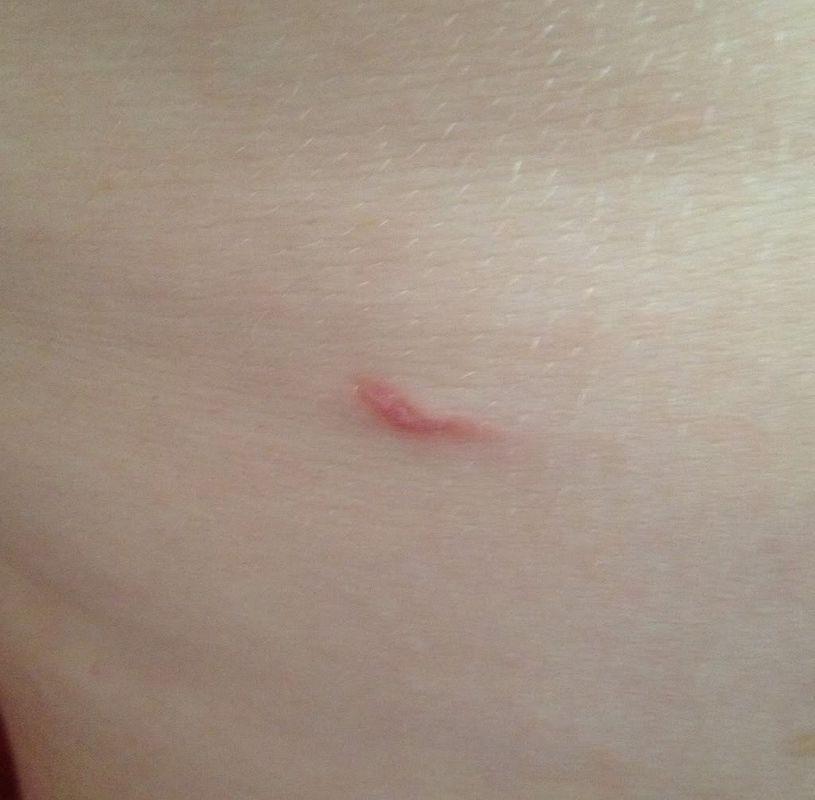I think that one has to keep in mind is that:
The fermentation produces CO2. the beverage takes a while to absorb this c02, this may take several days, and when we put only the priming sugar, there is no problem, it will ferment, and will be absorbed in a few days without the danger of blowing up anything.
I could feel when I used this technique of pasteurization to sweeten Malzbier that the amount of CO2 released when I opened the bottle was more than what was shown absorbed into the drink! The beer is lightly carbonated showed. but was released a good amount of co2 when open. That was the moment I decided to pasteurize and stop the fermentation, because I knew that with some days of rest it would get there. and even then some sizzled during pasteurizationbut none exploded.
All I'm saying is that maybe the problem is happening for waiting a day longer.
Good Luck!
(Damn google translator)
The fermentation produces CO2. the beverage takes a while to absorb this c02, this may take several days, and when we put only the priming sugar, there is no problem, it will ferment, and will be absorbed in a few days without the danger of blowing up anything.
I could feel when I used this technique of pasteurization to sweeten Malzbier that the amount of CO2 released when I opened the bottle was more than what was shown absorbed into the drink! The beer is lightly carbonated showed. but was released a good amount of co2 when open. That was the moment I decided to pasteurize and stop the fermentation, because I knew that with some days of rest it would get there. and even then some sizzled during pasteurizationbut none exploded.
All I'm saying is that maybe the problem is happening for waiting a day longer.
Good Luck!
(Damn google translator)


![Craft A Brew - Safale S-04 Dry Yeast - Fermentis - English Ale Dry Yeast - For English and American Ales and Hard Apple Ciders - Ingredients for Home Brewing - Beer Making Supplies - [1 Pack]](https://m.media-amazon.com/images/I/41fVGNh6JfL._SL500_.jpg)























































